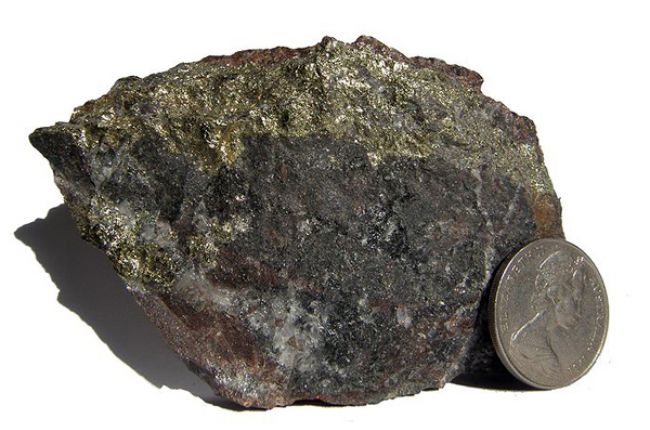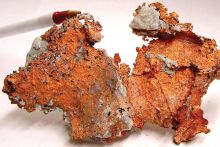
The U.S. Geological Survey maintains statistics about the worldwide supply of metal resources, including copper and precious metals like gold and platinum. The USGS also tracks statistics on non-metal, industrial minerals like sand and crushed stone. The Energy Information Administration maintains data on the trade of energy minerals like coal, natural gas, petroleum, and uranium.
Learn More:
- Commodity Statistics and Information. (Webpage), U.S. Geological Survey National Minerals Information Center
Yearly summaries and data on domestic production, consumption, stocks, prices, and recycling for more than 100 minerals.
- Coal Data (Data), Energy Information Administration
Information on domestic and international prices, reserves, consumption, production, exports/imports, stocks, and other data.
- Petroleum & Other Liquids (Data), Energy Information Administration
Information on prices, crude reserves, consumption, refining and processing, exports/imports, stocks, and other data.
- Natural Gas (Data), Energy Information Administration
Information on prices, exploration and reserves, production, imports/exports, pipelines, storage, consumption, and stocks.
- Tracking the Global Supply of Critical Materials (Webinar), American Geosciences Institute
2018 webinar detailing efforts from the U.S. and European Union to monitor the global production, trade, and usage of critical raw materials; identify and quantify vulnerabilities in supply; and support co-operation on production, recycling, and substitution of key mineral resources.


